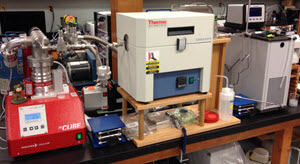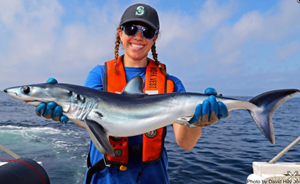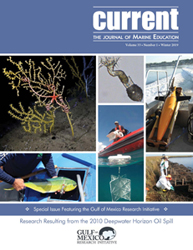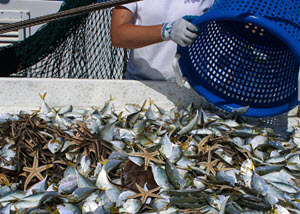ACER
Education and outreach products generated by the Alabama Center for Ecological Resilience (ACER).

The Alabama Center for Ecological Resilience (ACER) blog hosted a series of posts discussing the meaning behind various terms and concepts that are important to ACER research. Diversity and Resilience Ecosystem Services Disturbance and Perturbation Bacteria and Prokaryotes Denitrification Microplankton Benthic Macrofauna Food Webs Louisiana Sweet Crude Oil and Chemical Dispersants Genetic Diversity Bioturbation Primary Read More

The Alabama Center for Ecological Resilience (ACER) Consortium fact sheet series highlights the project’s research groups and their scientific focuses. These materials can be used as a classroom resource for science teachers on in the northern Gulf Coast research and for those with a general interest in oil spill research. Introduction to ACER A brief Read More

The Smithsonian’s Ocean Portal published an article that describes how oysters (that filter up to 50 gallons of water a day) fare under hazardous environmental conditions. One such hazard was the 2010 Deepwater Horizon incident that was followed by several riverine freshwater releases in an attempt to keep oil away from vulnerable Louisiana shores, which Read More

Nikaela Flournoy’s scientific journey has always carried a societal tie, from her passion for research’s social relevance to her realizations about the relationship between society and STEM (science, technology, engineering, and math). Though she is excited to see a greater emphasis on STEM in primary and secondary education, she hopes to help expand STEM awareness Read More

Scientists can use stable isotope analysis to determine stable isotope ratios in an organism’s tissues to reconstruct food webs in oiled and non-oiled coastal environments. Specifically, they collect blood and muscle tissue samples from mid-level and higher order consumers, like sharks, to find out if there was any effect of the oil on the consumer Read More

A Shoreline Cleanup and Assessment Technique (SCAT) map indicates the degree of oiling at a geographic location. SCAT teams survey shorelines to collect important data that will help them analyze the amount of necessary cleanup, choose cleanup techniques, and monitor clean up effectiveness. Read the full story here.

The post explains that a mass spectrometer, or mass spec for short, has become an important tool in many aspects of science including genetics, biochemistry, pharmaceuticals, environmental science, geology and ecology. The mass spec is an instrument that tells us the masses of specific chemical elements in a sample. Briefly, a mass spec works by Read More

Major environmental disturbances such as oil spills can alter a marine ecosystem’s structure and even cause species losses or additions in impacted areas – changes which may have long-term consequences for an ecosystem’s functions. Emily Seubert investigates the diets of marine predators in the northern Gulf of Mexico food web to better understand how the Read More

This factsheet explains not only what gene sequencing is and how it works but also how scientists use it to identify and compare bacteria in sediment samples. Remember back in high school biology when you studied genetics and learned about DNA, nucleotides and gene sequencing? Join us for this week’s Tool Talk as we clear Read More

The Alabama Center for Ecological Resilience (ACER) Teacher Advisory Group is a team of local science teachers who will work with the consortium’s Educational Team to increase students’ interest in and understanding of the northern Gulf of Mexico. More Information: http://acer.disl.org/news/2016/02/02/working-with-the-experts/ The goals of ACER’s Education Team include communicating the importance of the northern Gulf of Mexico and Read More



